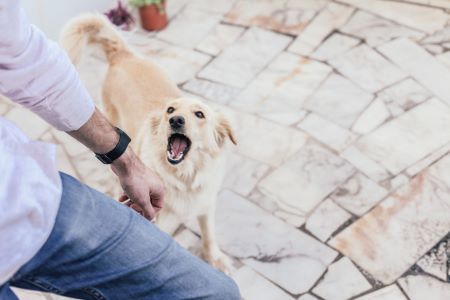
In 2022, total dog bite injury settlements increased over 30 percent, to over $1.1 billion. Curiously, the number of claims dipped slightly, but the average claim amount went through the roof. These numbers probably reflect the fact that dog bite injuries are incredibly severe and some new legal changes have driven up the settlement value of each claim.
Basically, an injury claim’s settlement value is like a new truck’s sticker price. Each value is the starting point for purchase negotiations. But instead of a new truck, an insurance company “purchases” a liability waiver. Victims give up their right to sue in exchange for a sum of money. That’s how the settlement process works.
The settlement process works much better, as far as victims are concerned, if the victim has a Columbia dog bite lawyer. Statistically, attorney-negotiated settlements are more than three times higher than non-attorney negotiated settlements. In other words, if dog bite victims handle their own cases or rely on novice lawyers, they’re quite literally leaving money on the table.
Scienter (Knowledge)
This legal theory is also known as the one-bite rule. Owners or custodians are liable for animal attack damages if they knew the animal was potentially dangerous. Evidence of knowledge usually includes the animal’s pre-bite behavior, such as:
- Sudden lunging,
- Vicious growling,
- Aggressive barking, and
- Baring of teeth.
Prior attacks on animals or people, in addition to a dangerous dog determination in South Carolina or another state, might be admissible as well.
A Columbia personal injury lawyer must prove knowledge by a preponderance of the evidence (more likely than not).
If available, scienter might be the most effective dog bite claim. More than likely, most jurors own pets, and a few of these pets are large dogs with checkered pasts, perhaps because a prior owner abused them.
Pet owners normally sympathize with other pet owners, even if that other pet owner is a defendant in a civil trial. However, if the owner negligently fails to restrain an animal, that sympathy normally disappears.
Comparative fault, which usually involves animal provocation or a warning sign, is the most common defense in scienter cases. We’ll examine the provocation defense below. The assumption of the risk defense could apply if the victim saw the warning sign, could read it, and could understand what it meant.
In comparative fault cases, jurors must divide fault between the victim and tortfeasor (negligent owner) on a percentage basis, such as 50-50 or 70-30. This apportionment could reduce the amount of compensation the victim receives.
Maximum compensation in a personal injury case usually includes money for economic losses, such as medical bills, and noneconomic losses, such as pain and suffering.
Strict Liability
South Carolina has a strict liability animal attack law. This law protects “any person” who “is bitten or otherwise attacked by a dog.”
This broad law is a two-edged sword. Victims don’t have to prove scienter. However, the law is so broad that, to many pet owners, it basically penalizes pet ownership.
We mentioned provocation above, which is usually a partial defense in scienter claims. But provocation is an absolute defense in strict liability claims. Provocation, as defined in South Carolina law, is much different from the everyday definition.
Assume Sally reached out to pet a dog, that action scared the animal, and the dog bit Sally. Under these facts, Sally didn’t legally provoke the dog.
Provocation is intentional. Attempted affectionate petting is not intentional provocation. Furthermore, provoking a dog is usually a physical act that’s almost the same thing as torturing a dog.
Contact a Diligent Richland County Lawyer
Injury victims are entitled to significant compensation. For a free consultation with an experienced personal injury lawyer in Columbia, contact the Marc Brown Law Firm. We routinely handle matters throughout the Palmetto State.
Source:
iii.org/press-release/triple-i-dog-related-injury-claim-payouts-exceeded-1-billion-in-2022-040623